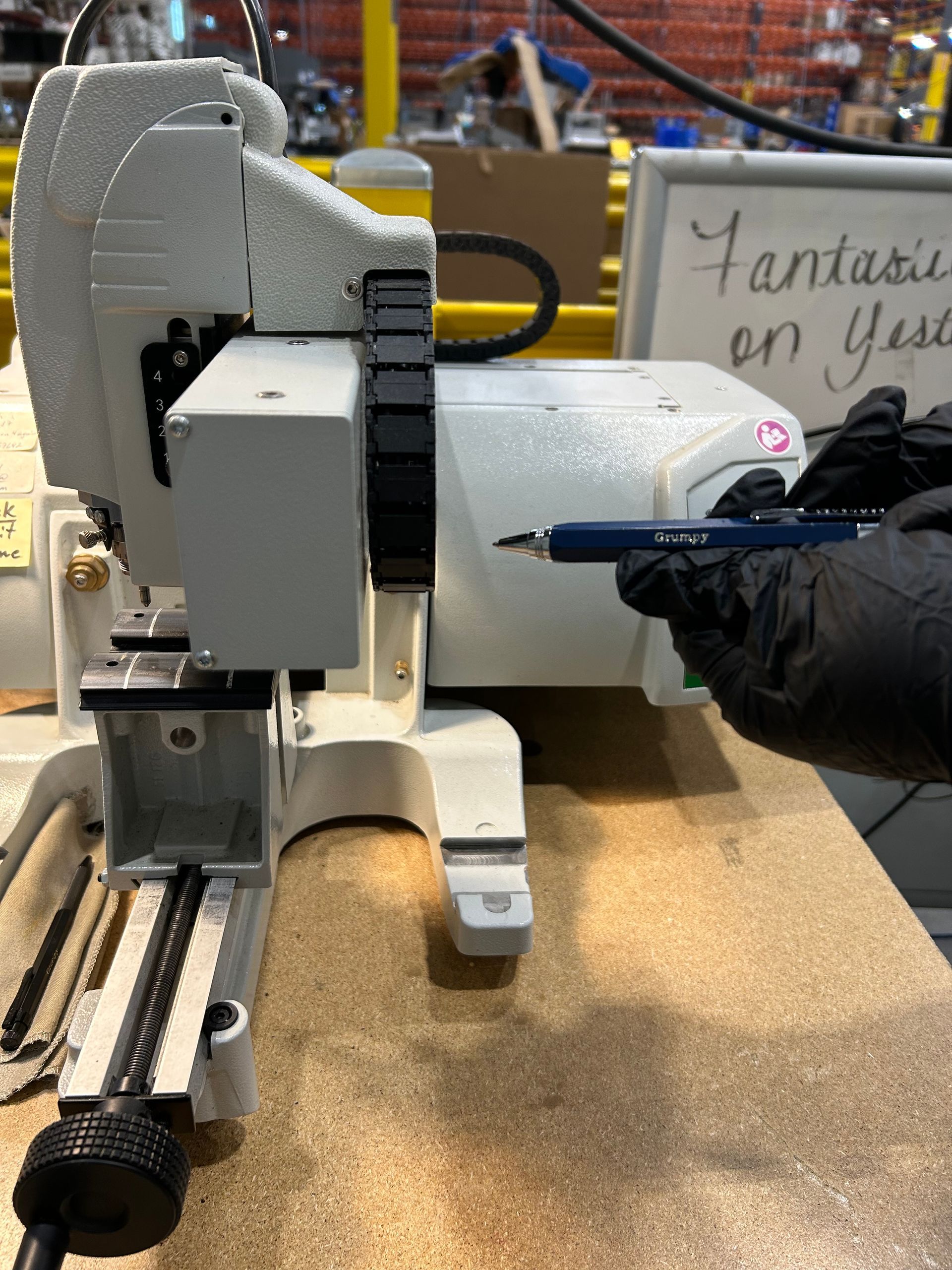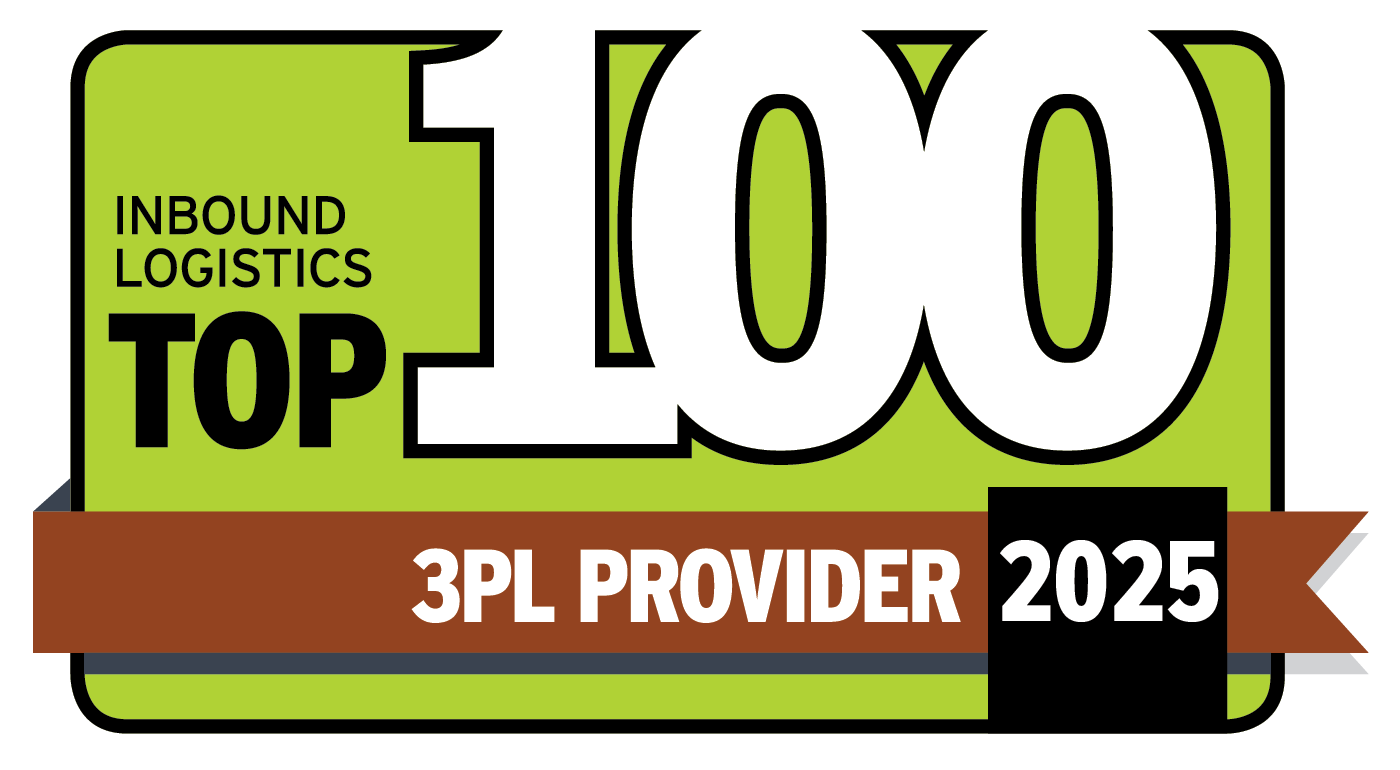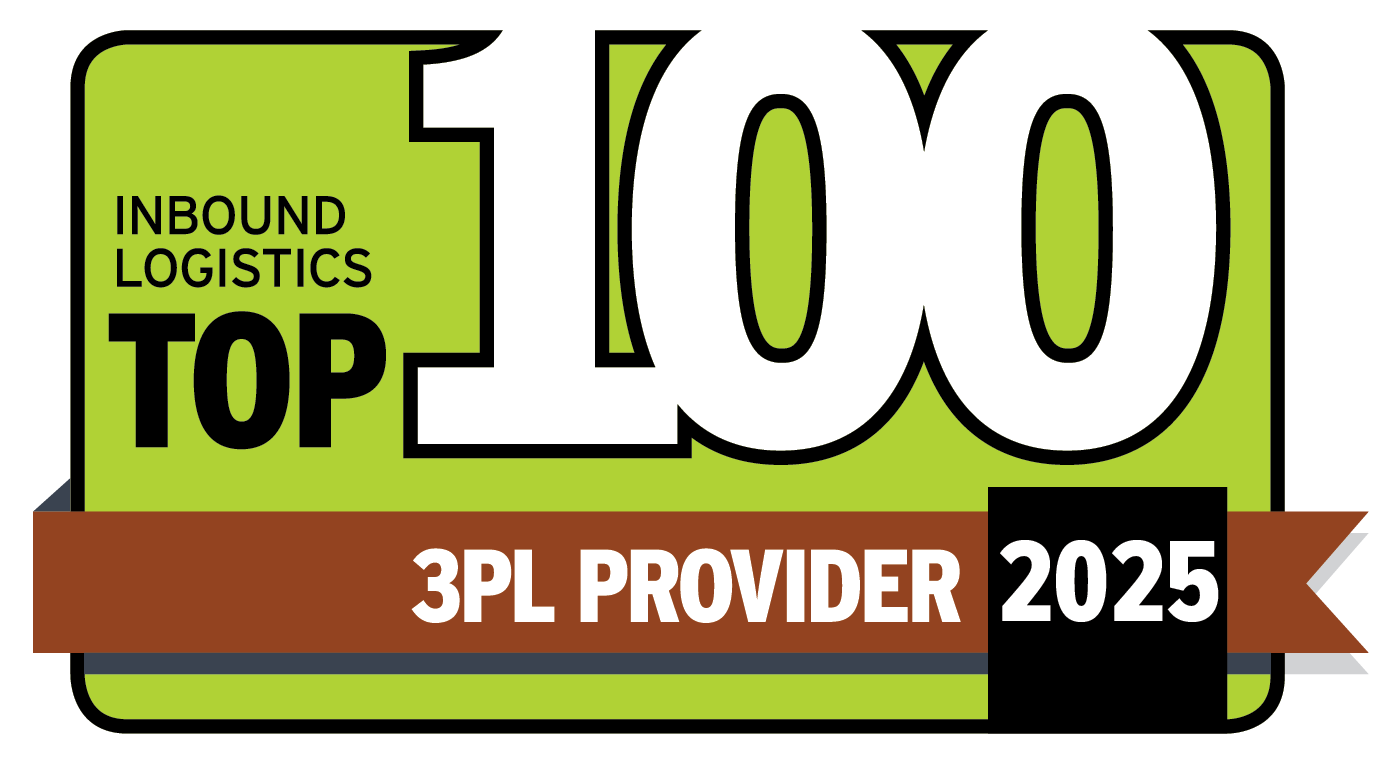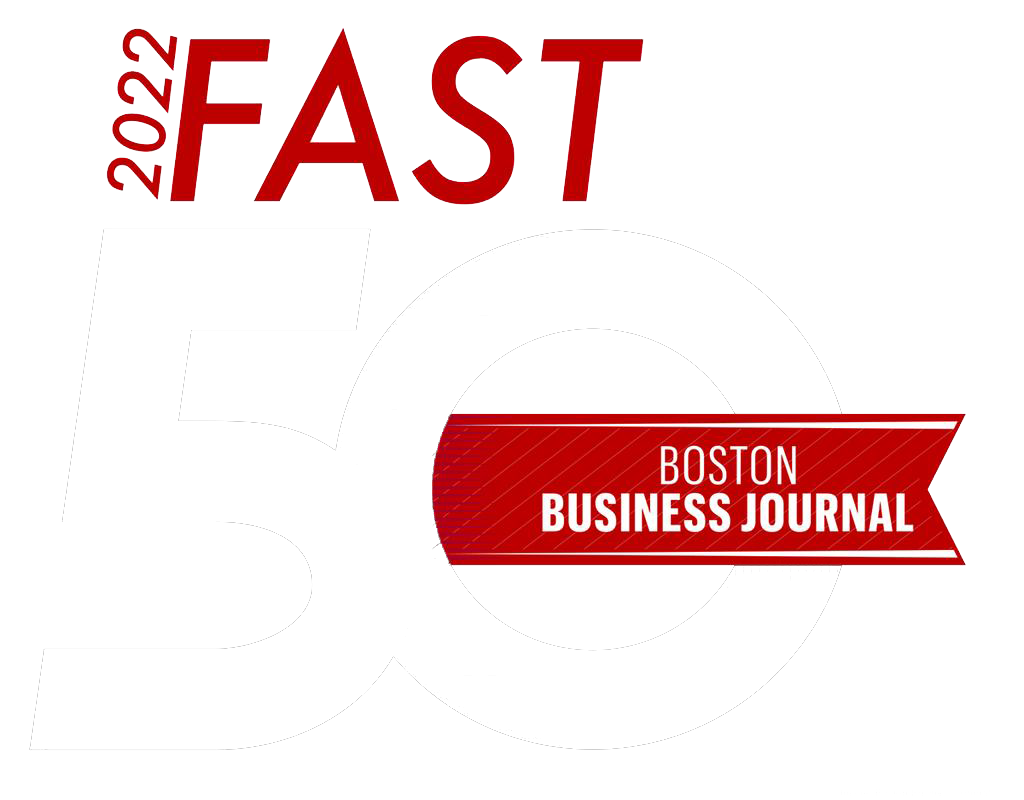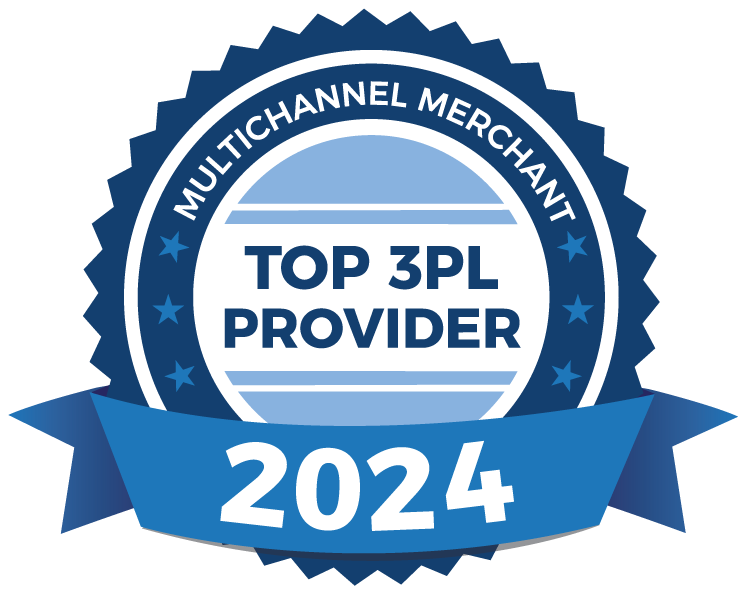Is Branded Packaging Worth It for Your E-commerce Brand?
What's the biggest touchpoint in eCommerce? It’s when the order finally lands on your customer’s doorstep.
With eCommerce projected to surpass $7.4 trillion globally by 2030 (Statista), the question isn’t just how fast you ship, but how you show up at your customer’s doorstep. For many brands, packaging is no longer just a protective layer. It’s an experience. And in a noisy, competitive digital space, it can be a significant differentiator.
So, should your e-commerce brand invest in branded packaging? Let’s break it down.
What Counts as “Branded Packaging”?
Branded packaging is more than putting a logo on a box. It’s the full packaging experience; your choice of box design, inserts, colors, materials and even the tape you seal it with. Done well, it communicates your brand before a customer even opens the flap.
Think:
- Custom-printed boxes with your brand colors
- Inserts with product tips or thank-you notes
- Packaging designed to be photographed and shared
Its packaging has a purpose and has become an extension of the product for many brands.
The Upside: Why Branded Boxes Work
1. Boosts Brand Visibility
Generic brown boxes don’t spark recognition. But boxes that reflect your identity build brand equity. Studies show branded packaging can increase brand recall by up to 80%.
2. Enhances the Customer Experience
The first physical interaction with your brand is when someone receives your product. A well-thought-out unboxing experience can reinforce trust and create excitement. In fact, 68% of consumers say it makes them more likely to recommend a brand.
3. Generates Organic Buzz
Branded packaging gets shared, especially when it’s visually appealing. Customers are more likely to post about their unboxing, which becomes free marketing and expands your reach.
4. Can Lower Shipping Costs
Custom mailers built around product dimensions can reduce dunnage, lower dimensional weight and reduce parcel costs.
BARRETT PRO TIP: A ÃÛÌÒ´«Ã½ client cut freight spending by optimizing box sizes for product kits, improving efficiency and presentation.
The Tradeoffs: What to Watch Out For
1. Higher Upfront Costs
Custom boxes and inserts require upfront investment in materials and design. That said, many brands recover costs through shipping savings or customer retention.
2. Fulfillment Complexity
More packaging options mean more room for packing errors. Unless you have a WMS with visual guides, this can lead to longer training times and fulfillment mistakes.
3. Security Risks
Branded boxes can attract attention on doorsteps. With porch piracy losses reaching $12 billion in 2024, clearly labeled packages may become targets. Consider shipment protection to safeguard your customer experience and reputation.
Packaging Options: Which Route Is Right?
Not all brands need fully branded packaging. Here’s a quick breakdown:
- Plain Packaging: Simple and cost-effective. Works for brands that prioritize speed or a clean look.
- Fully Branded: Custom prints and full-color designs that create a premium unboxing moment.
- Partially Branded: Generic exterior with branded inserts or inner packaging. A balanced approach.
- Dual-Purpose: Packaging that doubles as storage or display. Helpful in cutting waste and adding value.
Final Take: Packaging That Works For You
At ÃÛÌÒ´«Ã½, we support brands at every stage of growth. The best packaging solution reflects your customer promise, fits your budget and runs smoothly through your fulfillment operation.
Are you ready to optimize your packaging and fulfillment?
Contact us for a complimentary supply chain consultation today.
Recent Blog Posts

